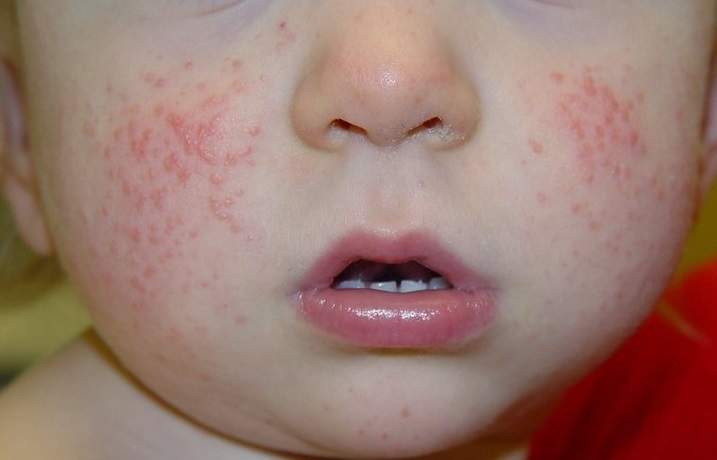Also sometimes known as Gianotti-Crosti syndrome, acrodermatitis is a skin condition that is common among infants and children. There are reports of babies that are just 1 and 1/2 months old who are already suffering from it. There are also cases wherein children 12 years of age are affected. Experts say that acrodermatitis is commonly associated with diseases that are caused by viruses, such as hepatitis B. Someone who has it may also have fever and malaise.
There is usually no need to have acrodermatitis treated, although the viral infection behind it has to be dealt with. The good news is this skin condition tends to go away on its own in about 4 to 8 weeks, and rarely causing any complication. As for the accompanying symptoms, there are certain treatments that a doctor may prescribe. For instance, creams with hydrocortisone in them may be recommended for the management of skin itching.
Below you will find some of the most important matters you need to know about acrodermatitis:
Causes
Here’s a fact: no one really knows what causes acrodermatitis. However, experts are pretty sure that it occurs in relation with a viral infection. For instance, it’s not unlikely for a child with hepatitis B to eventually end up with acrodermatitis, which is commonly the case among Italian children. In the US, the skin condition usually associated with the Epstein-Barr Virus or EBV, which is a member of the family of herpes viruses.
There are a number of other infections that may cause acrodermatitis to strike infants and children. Experts say that the likes of HIV, rubella, enterovirus, rotavirus, coxsackie virus, cytomegalovirus, respiratory syncytial virus or RSV, and hepatitis A and C may also cause the skin condition. In rare cases, acrodermatitis may be triggered by certain vaccines. Some examples are those for poliovirus, small pox, chicken pox and influenza.
Signs and Symptoms
Acrodermatitis causes red spots to appear, usually on thighs, buttocks and arms. Experts say that the red spots tend to develop on the lower parts of the body first, moving upwards until they reach the face. The spots may turn from red to purple as the skin condition advances, brought about by the leakage of blood from the capillaries. Eventually, they end up as blisters that leave the affected child feeling itchy.
Since acrodermatitis is usually associated with a virus, the skin condition may also be accompanied by symptoms that are commonly present during an infection. Some of them include malaise, fatigue, fever and swollen lymph nodes. In cases wherein there is hepatitis B, the skin and whites of the eyes of child appear yellowish (jaundice).
Treatment
Just like what’s mentioned before, acrodermatitis usually requires no treatment because it tends to resolve on its own in about 4 to 8 weeks. Also, complications rarely happen. In case complications arise, according to experts, they are most likely caused by associated conditions and not acrodermatitis itself.
An infection associated with the skin condition should be managed in order to prevent further problems that may arise from it. Even though the symptoms have already gone, it’s possible for the condition itself to persist for up to a few months. Speaking of symptoms, there are treatments available for them. For instance, cortisone creams may be prescribed by a doctor for the management of skin itchiness. If the affected child has allergies, it’s not unlikely for oral antihistamines to be administered.
Prevention
The only known way to keep acrodermatitis from striking is to prevent the child from getting a viral infection since the skin condition is said to be triggered by such. Frequent hand washing and avoiding contact with an infected individual are some of the best ways to ward off a viral infection that could lead to the development of acrodermatitis.













